Here’s why cutting of trees goes against the mores of Jagannath culture
While today the world bequeaths itself into the annual jamboree of Lord Jagannath (Jagannath literally means the ruler of the universe), that is Rath Yatra or Car Festival, what enthralls me is how a race solely puts its faith in an organic manifestation. Perceptibly, the Divine Being is nothing but a log of a tree.
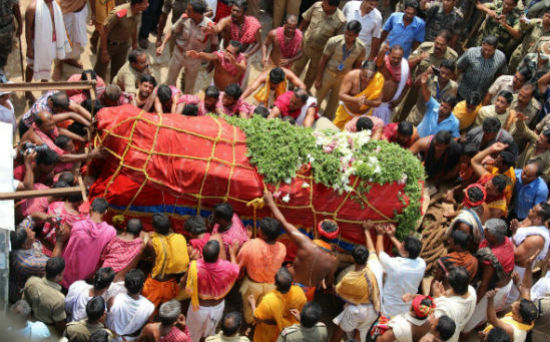
The story goes like this: One night King Indradyumna dreamt of an Apuruseya tree that was sailing with its roots upwards and boughs downwards in the Mahodadhi (pious sea). Next morning, the King rushed to the shore and recovered it from the waters. Surprisingly, an emaciated old man called Anant Maharana (carpenter) appeared before him and asked him to sanction 21 days’ time so that he can carve out idols of deities from the divine wood. The work took place in the sealed temple in complete secrecy. No one was allowed to open the door before the completion of the set time. But the King failed to hold back his curiosity when he could no more hear the chiseling sound coming from inside. Overcome by apprehension, on the 15th day he opened the door and what he saw then is also right here in front of our eyes: the malformed theophany of Lord Jagannath, the Lord of the Universe.
Anant Maharana was no one but the Lord himself who appeared before the King and self-manifested into the wooden ‘avatar’.
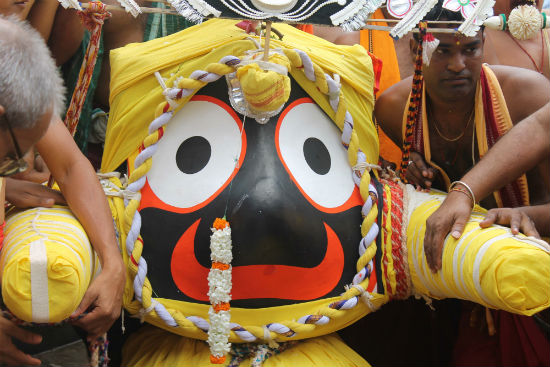
Discernibly, God is not a mere imagery from the holy heavens. S/he is an inner belief that takes form. French philosopher Voltaire essentially said “If God didn’t exist. It is necessary to invent him”. But how?
Is God someone who only Prahallad and Arjun—and not a commoner like you and me—can see? For one, who has the virtuousness of Prahallad or King Indradyumna, he can even emerge from a concrete pillar or an insentient bark.
Indian tradition venerates trees. It is under the thatched branches where Lord Rama took shelter during his exile, where The Buddha took birth and got enlightenment, where Lord Krishna played around with his sakhis and even breathed his last. An embodiment of growth, decay and resurrection, trees stand tall as the axis mundi.
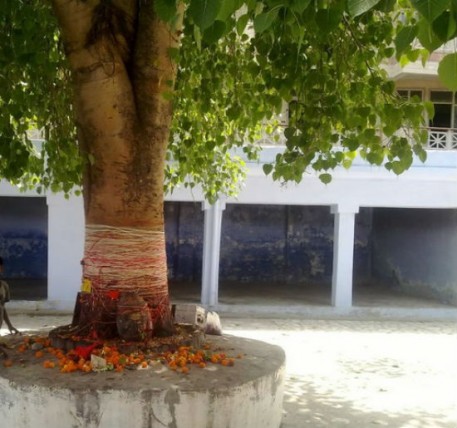
Indian history is also witness to the fact that tree worship as a ritual is as ingrained as its deep-reaching roots. While sacred Rigveda preaches about the significance of tree worship, a Harappan seal depicting a goddess on the peepal tree (ashwatha) shows how our civilization is indebted to trees. Even today, our day doesn’t start without extending votive offerings to the Holy basil.
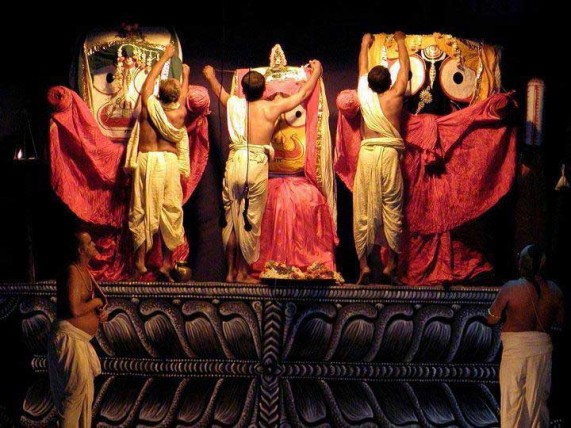
Jagannath in the form of “Daru” (the consecrated neem or margosa tree wood) is a living example of the highest form of dendrolatry that is intrinsic to Indian ethos.
Author Beni Madhab Padhi in his magnum opus Daru Debata revers the nature-adoring Jagannath culture. In the dense thicket of Odisha, who the Sabaras (a tribal clan) genuflected to was a stem that had two branches stretching out from the body. The top part of the stem was painted to make it look like a human face. They called it “Jaganaleo” which conjures up the iconography of Lord Jagannath who we worship today. The fact that Daita servitors, who take major responsibilities during the Rath Yatra, are the descendants of Sabaras only goes to brighten our belief that Jagannath culture has its roots in nature-worship.
Daru to Sabaras was what Lingam is to Saivites and Stupa to Buddhists and Jains. Pantheism or nature mysticism has found generous mentions in eastern as well as western philosophies. Bhagabata and Bhagabat Gita idolise Kalpabrukhya and peepal tree respectively. While Indian astronomer Varahamihir stressed upon tree worship, legendary figures like William Wordsworth paid a tribute to the nature through creative works. His poem Lines Written a Few Miles Above Tintern Abbey is a case in point.
Writer Dinakrishna Joshi, in his article “Lord Jagannath—The Tribal Deity” affirms: “Till today Sabaras worship trees. They do not cut trees because they believe that Kitung (name given to God) dwells inside trees.”
But irony is, while Daru or wood or tree remains the pivot of the Jagannath culture, we are on a mindless spree of cutting trees. Lakhs of trees are sacrificed on the altar of industrialisation and profit. After Madhya Pradesh, Odisha is the second state to have maximum forest lands diverted for industrial reasons. We are soon losing the green canopy. At this juncture, Odia proverb “Gachha kaata, munda kaata” (felling of trees is likened to cutting off heads) holds much significance.
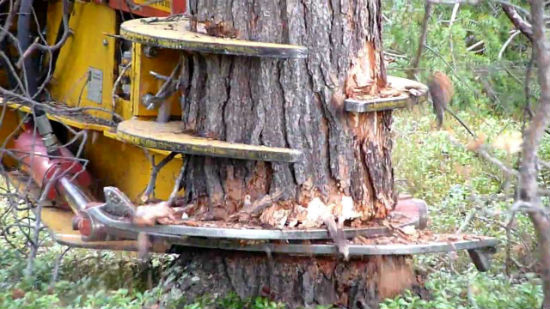
With due respect to the devotees, to me, today, this nine-day annual excursion of the Daru Debata (wood God) seems like a paradox in the concrete jungle that we live in. If not the Lord, the poltergeists of the trees that are being beheaded for flyovers and sky-scrapers would haunt us soon!
Also read:
This upcoming documentary on Odisha’s famous Jagannath culture promises a unique spiritual journey
A culinary map of Odisha: The best things to eat in the state

OMG-inducing, share-compelling, like-attracting, clutter-breaking, thought-provoking, myth-busting content from the country’s leading content curators. read on...
